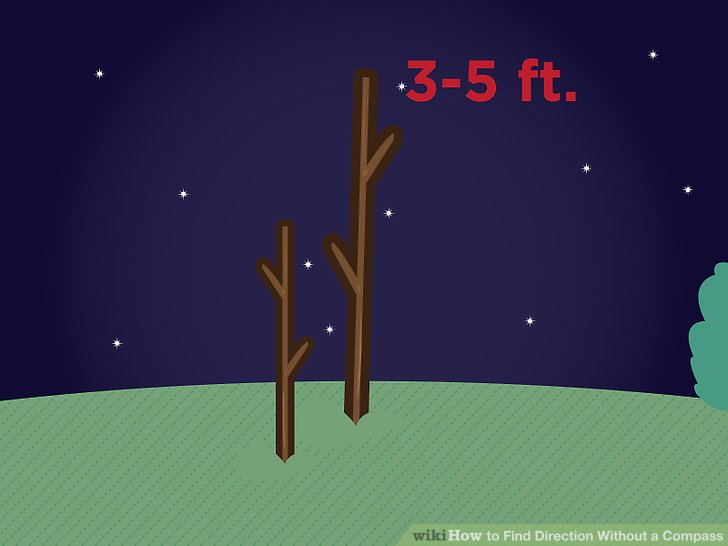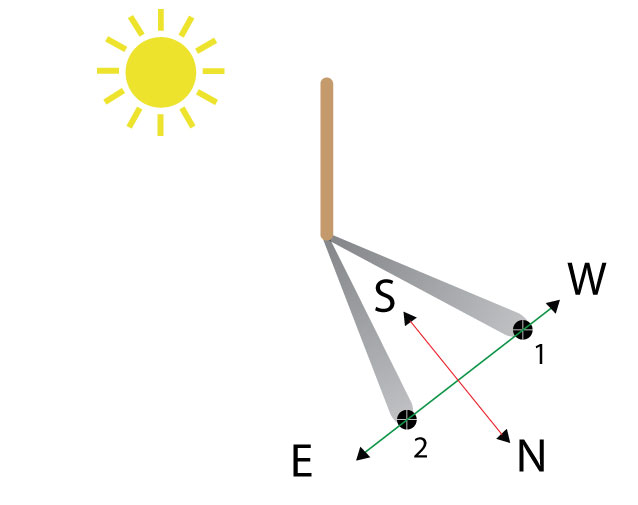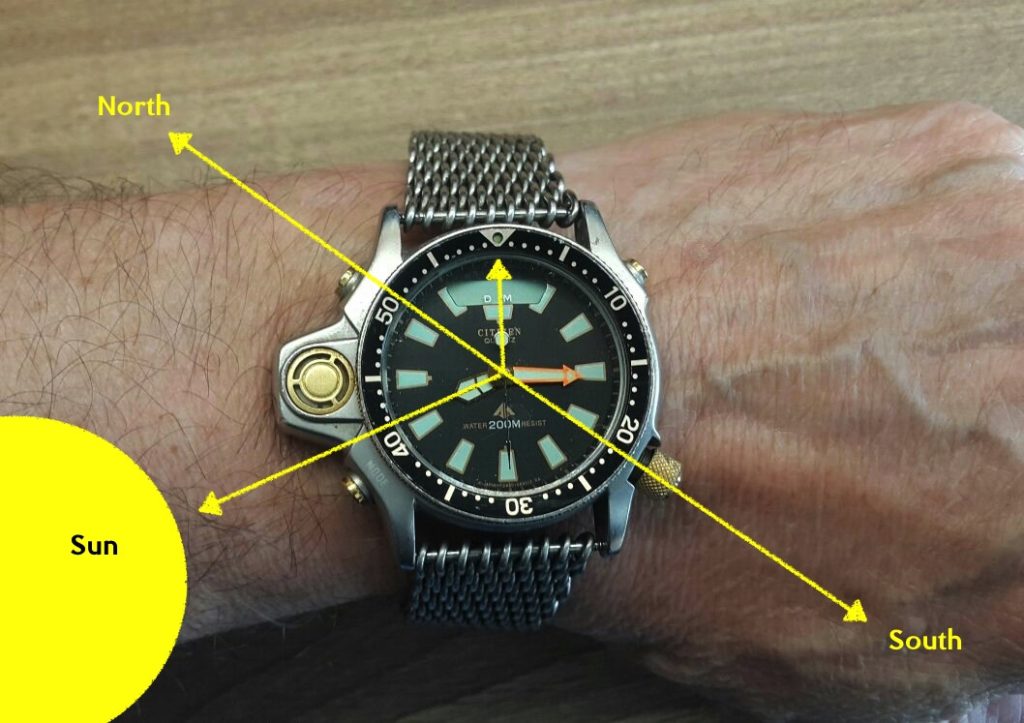Explore Some Ways That Will Keep You Pointed in the Right Direction
Navigating the great outdoors can be an exhilarating challenge, especially when you don’t have a compass at your disposal. Fortunately, there are several clever methods you can use to find north with just natural cues and basic tools. Here’s a guide to five effective techniques that will help you orient yourself and navigate confidently.
1. Look to the Stars

Northern Hemisphere: The night sky is a fantastic tool for navigation. To locate true north, find the North Star (Polaris) by identifying the Plough (Big Dipper) constellation. Draw an imaginary line through the two stars at the end of the “bowl” of the Plough and extend it about five times the distance between those stars. Polaris, which is relatively close to the true north celestial pole, will be on this line.
Southern Hemisphere: Look for the Southern Cross constellation. Extend the long axis of the cross about five times its length to approximate the direction of the South Pole. This method can help you determine south, which in turn helps with orienting north.
2. Two Sticks, One Star

On a clear night, you can use a simple yet effective method to find north. Place two sticks in the ground: one at eye level and one slightly taller. Align the taller stick with a bright star. Observe the star’s movement throughout the night:
Left = North
Right = South
Up/Down = East/West
By tracking the star’s movement relative to your sticks, you can determine the cardinal directions.
3. Shadow Method

The shadow method is a reliable way to find north during daylight hours:
- Place a stick vertically into the ground.
- Mark the end of its shadow with a small object or a mark on the ground.
- After 30 minutes, mark the new shadow position.
Stand perpendicular to the stick with your back to the first shadow mark, and you will be facing north. In the Southern Hemisphere, the sun’s movement is reversed, so the process is adjusted accordingly.
4. Analogue Watch

Your analogue watch can be a surprisingly useful navigation tool:
Hold your watch horizontally.
Point the hour hand towards the sun.
Draw an imaginary line between the hour hand and twelve o’clock.
This line will help you determine the north-south direction. Note that this method needs adjustment for daylight saving time, and in the Southern Hemisphere, the north-south line will be reversed.
5. Moss Growth

Moss can be a natural indicator of north, especially in overcast conditions. In the Northern Hemisphere, moss typically grows on the north side of trees and other vertical structures due to less direct sunlight. Look for moss on the damp, shadowy side of trees to find north. Conversely, in the Southern Hemisphere, moss tends to grow on the south side.
Mastering these techniques can enhance your outdoor adventures and survival skills, ensuring you always know which way to go, even when modern tools are out of reach. Stay oriented and explore confidently with these practical navigation methods!
